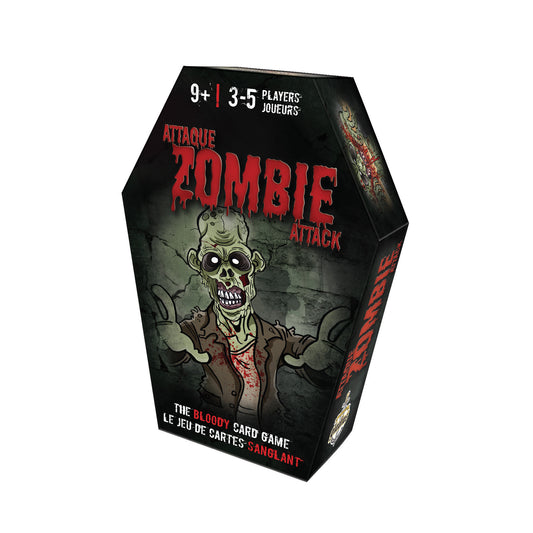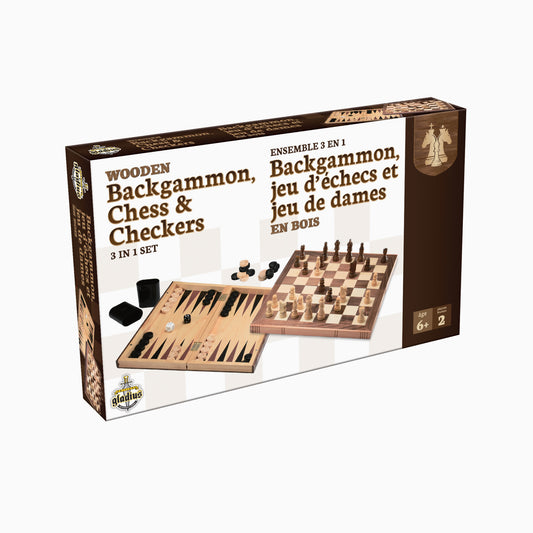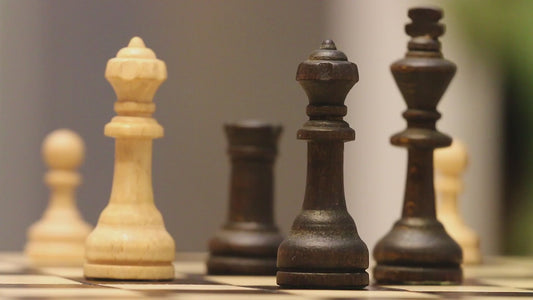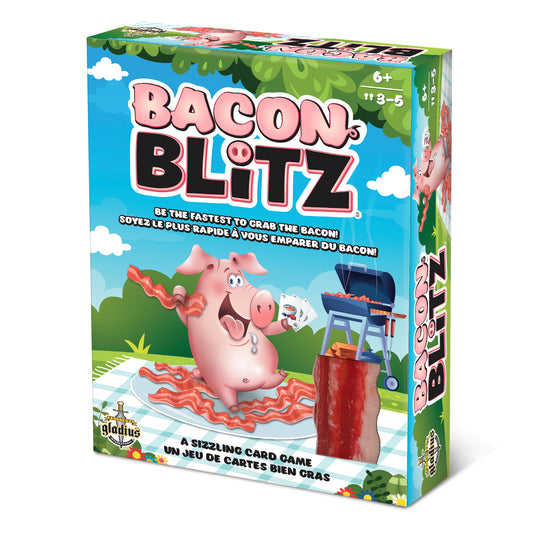Motricity
Strategy games offer a unique experience, combining intense reflection, anticipation and fun. Whether you're a curious novice or a seasoned strategist, these games will captivate your mind and stimulate your sense of competition.
A little theory…
Fine motor skills are the ability to handle, pick up, manipulate and release objects using the hand, fingers and thumb, e.g. picking up chips from a table, picking up dice, turning over cardboard cards. Fine motor exercises aim to improve, regularize and install greater finesse in all the child's gestures, enabling them to work with greater precision. They are essential for learning to write. By the age of 2 or 3, the child is able to use both hands alternately and to fit objects together. By the age of 4, children can follow a labyrinthine path with their finger, circle with a pencil and make simple geometric shapes. Between the ages of 4 and 6, having mastered pencil grip, the child uses it with greater precision, adding detail to his drawings. They can cut in a straight line with scissors, string beads, dress and undress themselves, and make curls.
How can we encourage through play?
To help children develop their fine motor skills, they can be encouraged to do a variety of exercises such as cutting, drawing, threading, manipulating play dough and so on. It's important not to act in the child's place, even if your child sometimes has difficulty turning over the cards on the table, shuffling the dice deftly or placing small tokens on squares. Play should be used to prepare your child for kindergarten, when he or she will be asked to perfect these skills on a daily basis.
Find out more
Doyon, L.. (2008). Préparez votre enfant à l'école, 500 jeux psychomoteurs pour les enfants de 2 à 6 ans, Les Éditions de l'homme.
Article on this topic based on...
Shaffer, D. (2010). Developmental psychology: childhood and adolescence, Brooks/Cole Publishing Company.
http://www.votre-enfant.com/wiki/Le_d%C3%A9veloppement_psychomoteur_de_l%27enfant_%28partie_1%29




